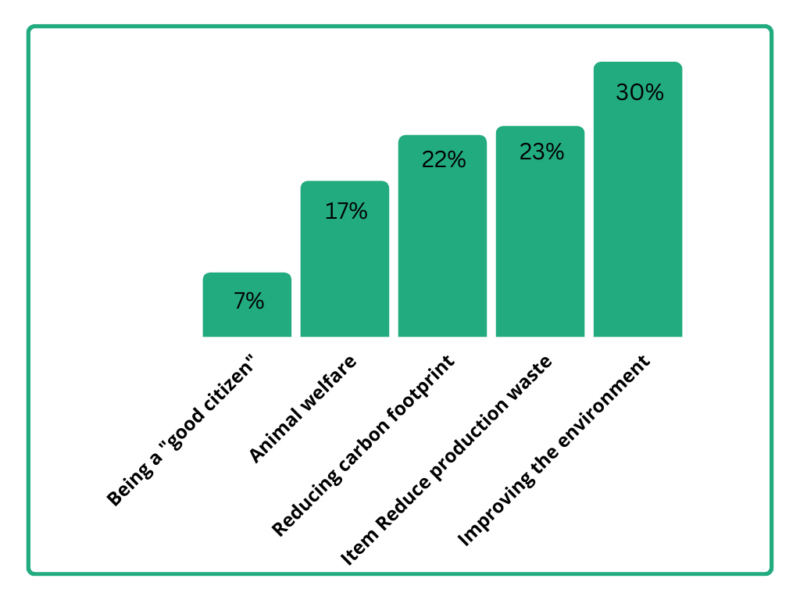Sustainable e-commerce – a growing interest
An interest in sustainable e-commerce is growing in the consumers. More and more people choose sustainable and ecological products if possible, and the primary reason is usually a desire to help the environment. And the interest doesn’t just lie in the younger generation – consumers of all age spans are indicating interest in sustainability and are willing to pay more for sustainable products. But are the retailers on the same sustainability page as the consumers?
Sustainability: a strong interest now and for the future
In a Forbes report from 2022 the development of a green interest is clearly shown. Two years ago 58% of the consumers were willing to pay more for sustainable options, but today that number is nearly 90%. Today it’s the younger generations that are showing the strongest interest in sustainability, and actively supports its value causes. And as the younger generation grows into adulthood, they will have better personal finance resources to consume more, while most likely keeping their green interest. Retailers should be aware of the value this generation puts in sustainability, otherwise in time they most likely will shop with retailers who support their values.
Retailers out of sync regarding sustainable e-commerce
The Forbes report also states that while two thirds of consumers are willing to pay more for sustainable options, two thirds of retailers believe that the consumers won’t pay more for it. Almost all retailers in the report also believe that consumers value brand name higher than sustainability – while only 56% consumers rank brand name as even somewhat important! A sustainable e-commerce is more in those consumers interest than a brand.

Interestingly enough, retailers believe the consumers value social signalling – i.e. keeping the appearance of being a good citizen – equal to improving the environment. Retailers need to be more synchronised with the consumers when it comes to sustainability, unless they want to miss out on sales.
If you want to brand your company as a green and sustainable e-commerce – remember to back your words up by actions. The consumers today see through greenwashing, and by claiming sustainability without actually working for a more sustainable company, you will hurt your brand name and reputation.
The graph is showing the primary reasons consumers purchase sustainable products and/or brands, according to the Forbes report.
Sustainable e-commerce: five steps towards sustainability planning in small businesses
Becoming a sustainable e-commerce is a long journey, so start by taking a few steps and set up milestones on a timeline for these steps. These five steps might help you start your green journey, or inspire you to keep to an already existing plan.
- Establish a baseline to help you identify your strengths and weaknesses in sustainability issues
- Identify what improvement opportunities are right for you and your company
- Set sustainability goals and tactics to achieve them
- Work to implement those goals
- Revisit and revise your plan regularly to keep improving
If you share the milestone results of your hard sustainability work publicly, you are transparent towards the consumers, showing them proof of your efforts.
Being more sustainable and environmentally friendly without increasing the cost of your products is hard, if possible. But the ROI on the customer appreciation of being a sustainable e-commerce might make up for this.
E-commerce sustainable business model: four things you can do to make your e-commerce more sustainable

- Change to eco-friendly packaging and reduce package material
- Offer your customers the option of greener shipping options and reward customers choosing these options
- Keep sustainable products in your product range
- Reduce the return rate by giving more detailed information about your products, such as sizes, measurements, use of augmented reality etc.

